スポンサーリンク
Contents
菅原道真もびっくり外人だらけの大宰府天満宮 福岡のYouTuber 宇佐美ダイ
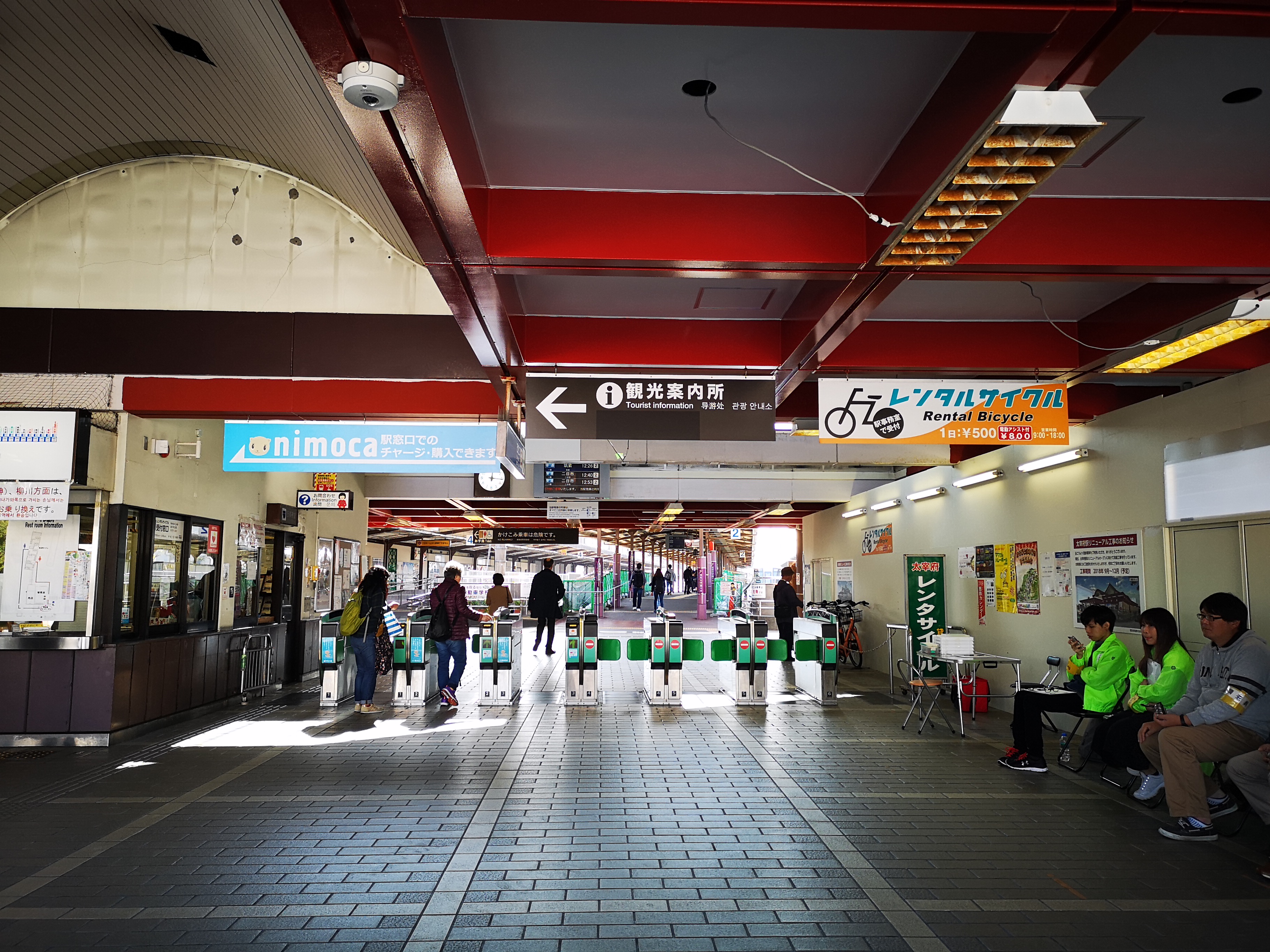
cof
大宰府駅
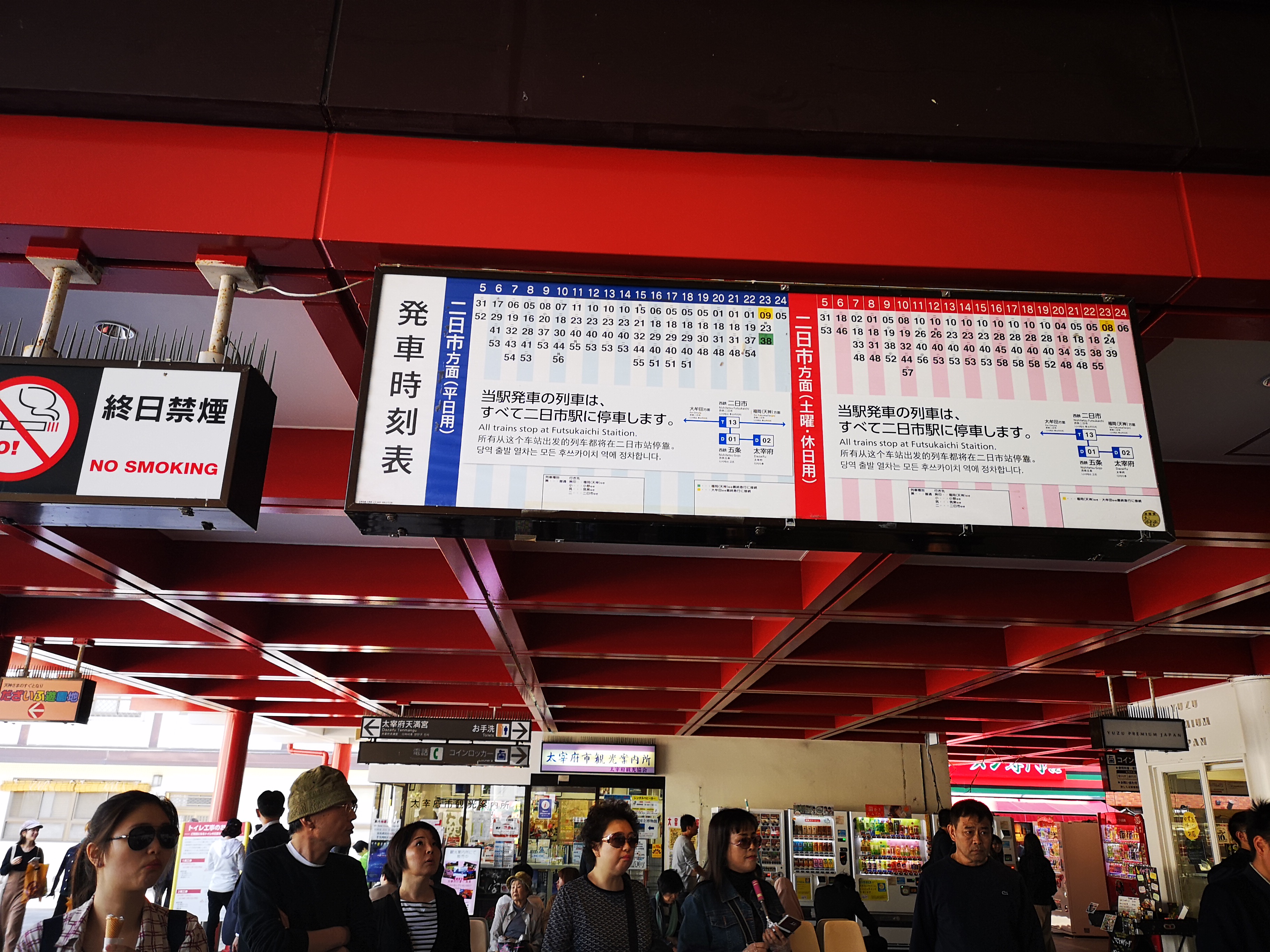
cof
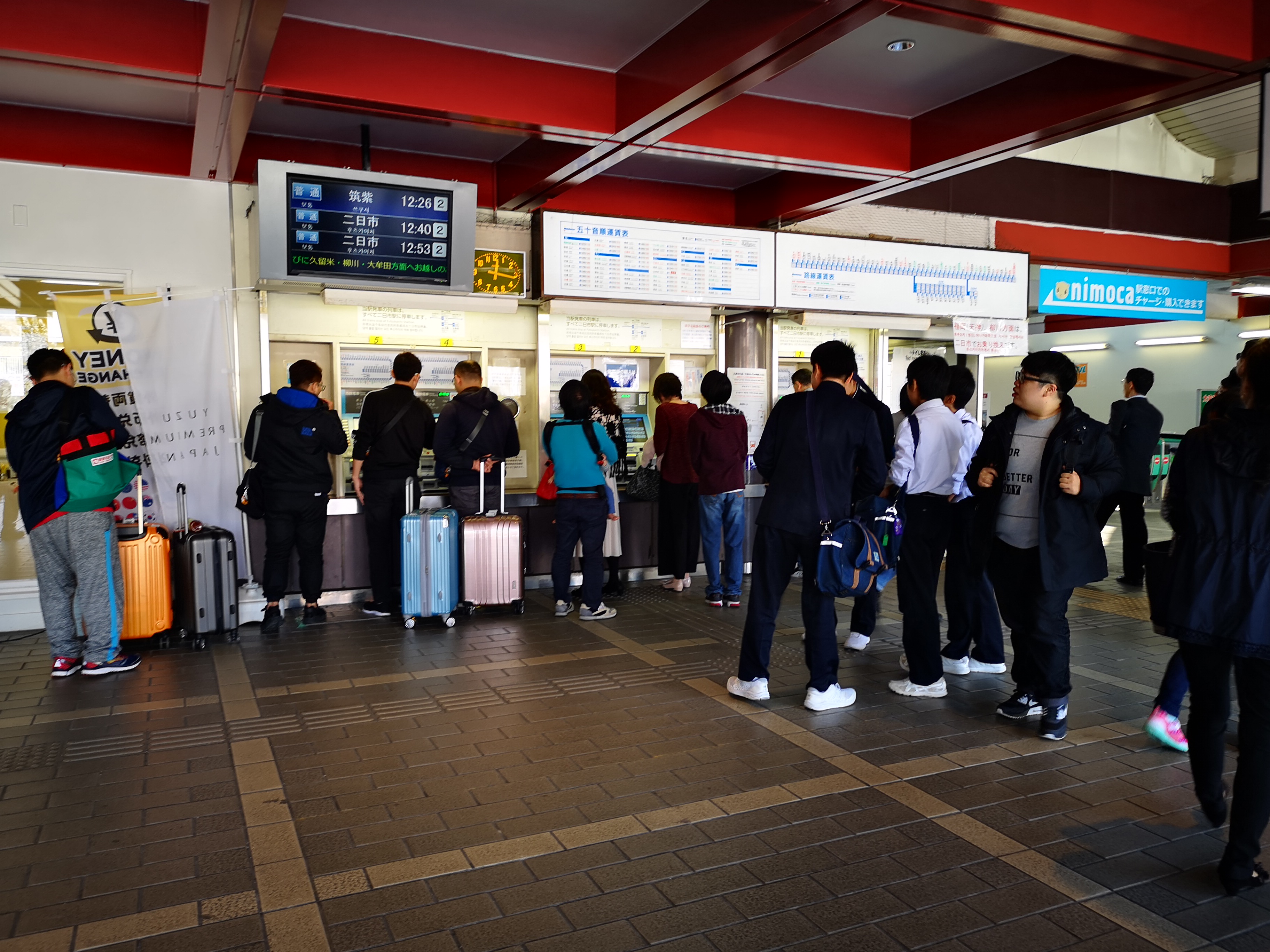
sdr
切符売り場。
スーツケースを持った外国の方が多いです。
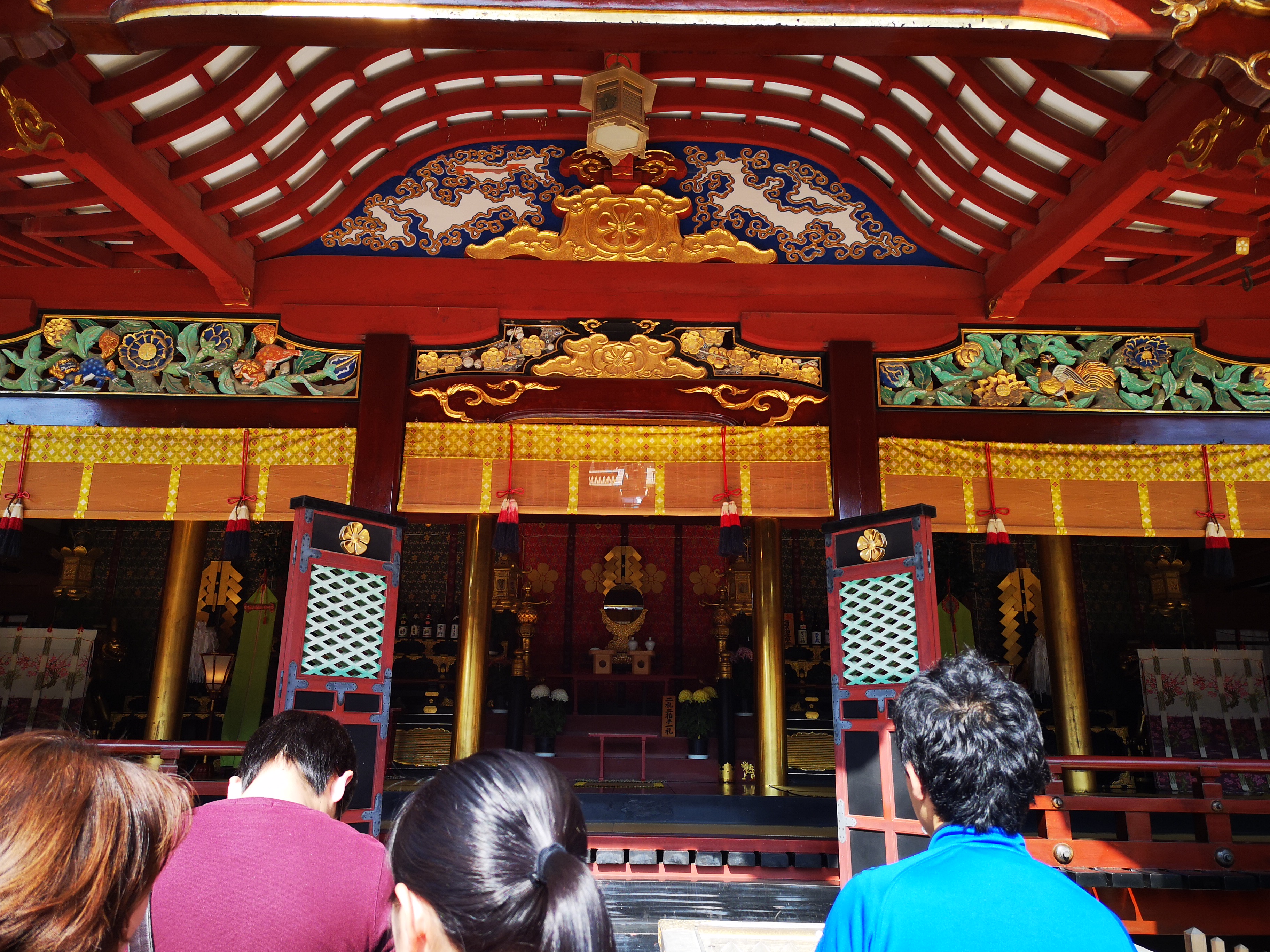
sdr
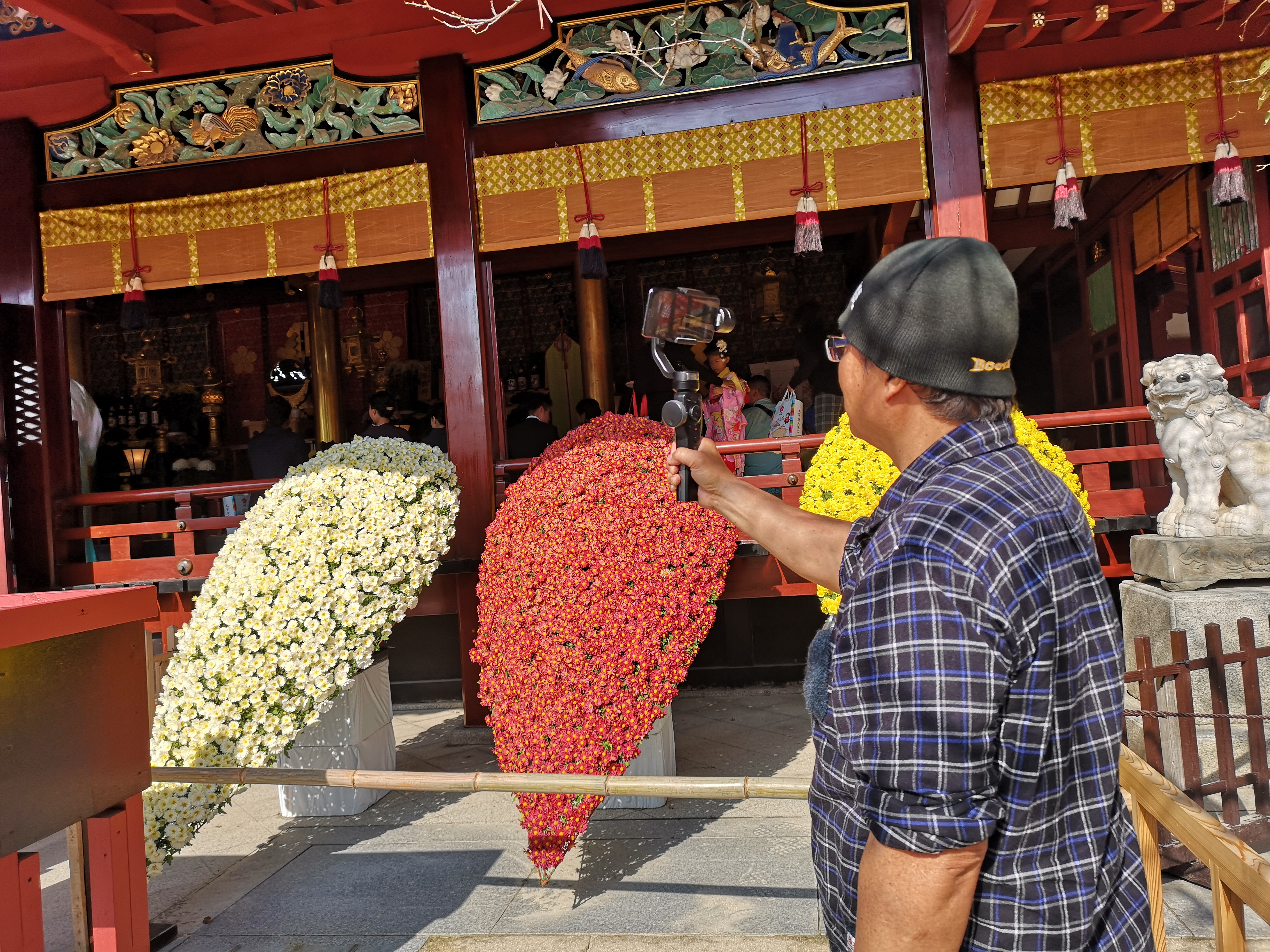
rhdr
こうやってジンバルを使って撮りました。
太宰府天満宮
出典: フリー百科事典『ウィキペディア(Wikipedia)』
太宰府天満宮(だざいふてんまんぐう)は、福岡県太宰府市宰府(さいふ)にある神社。旧社格は官幣中社で、現在は神社本庁の別表神社。神紋は梅紋である。菅原道真(菅原道真公、菅公)を祭神として祀る天満宮の一つ(天神様のお膝元)。初詣の際には九州はもとより日本全国から毎年200万人以上[1]、年間にすると850万人以上[2]の参詣者がある。現在、京都の北野天満宮とともに全国天満宮の総本社とされ、また菅公の霊廟として篤く信仰されている。
祭神
- 菅原道真公
学問の神として広く知られている。
歴史
右大臣であった菅原道真は昌泰4年(901年)に左大臣藤原時平らの陰謀によって筑前国の大宰府に員外帥として左遷され、翌々年の延喜3年(903年)に同地で死去した。死後、その遺骸を安楽寺に葬ろうとすると葬送の牛車が同寺の門前で動かなくなったため、これはそこに留まりたいのだという道真の遺志によるものと考え、延喜5年8月、同寺の境内に味酒安行(うまさけのやすゆき)が廟を建立、天原山庿院安楽寺と号した。一方都では疫病や異常気象など不吉な事が続き、さらに6年後の延喜9年(909年)には藤原時平が39歳の壮年で死去した。これらのできごとを「道真の祟り」と恐れてその御霊を鎮めるために、醍醐天皇の勅を奉じた左大臣藤原仲平が大宰府に下向、道真の墓所の上に社殿を造営し、延喜19年(919年)に竣工したが、これが安楽寺天満宮の創祀である[3]。それでも「道真の祟り」は収まらず、延喜23年(923年)には皇太子保明親王が21歳で死去。狼狽した朝廷は、延長と改元したうえで、4月に道真の官位を生前の右大臣の官職に復し、正二位の位階を追贈した。しかしそれでも「祟り」が沈静化することはなく、保明の遺児慶頼王が代わって皇太子となったものの、延長3年(925年)には慶頼もわずか5歳で死去した。そしてついに延長8年(930年)6月、醍醐天皇臨席のもとで会議が開かれていた、まさにその瞬間、貴族が居ならぶ清涼殿に落雷があり、死傷者が出る事態となった(清涼殿落雷事件)。天皇は助かったが、このときの精神的な衝撃がもとで床に伏せ、9月には皇太子寛明親王(朱雀天皇)に譲位し、直後に死去するに至った。承平元年(931年)には道真を側近中の側近として登用しながら、醍醐と時平に機先を制せられその失脚を防げなかった宇多法皇も死去している。わずか30年ほどの間に道真「謀反」にかかわったとされた天皇1人・皇太子2人・右大臣1名以下の高級貴族が殺害されたことになる。猛威を振るう「怨霊」は鎮まらず、道真には太政大臣追贈などの慰撫の措置が行われ、道真への御霊信仰は頂点に達した。ついに正暦元年(990年)頃からは本来は天皇・皇族をまつる神社の社号である「天満宮」も併用されるに至った[4]。寛和2年(986年)、道真の曾孫菅原輔正によって鬼すべ神事が始められるようになった[5]。
文明12年(1480年)に当地を訪れた連歌師の宗祇が『筑紫道記』にこの安楽寺天満宮のことを記しているが、道真の御霊に対する恐れも少なくなってきた中世ごろから、道真が生前優れた学者であったことにより学問の神としても信仰されるようになった。
明治に入り、近代社格制度のもとで明治4年(1871年)に国幣小社に列格するとともに神社名を太宰府神社に変更した。これは北野天満宮が近代社格制度のもと「北野神社」に変更したのと同様に、「宮」号が基本的には皇族を祭神とする神社しか使用できなくなったからである。同15年(1882年)には官幣小社に昇格、次いで同28年(1895年)には官幣中社に昇格した。神社の国家管理を脱した戦後の昭和22年(1947年)に社号を太宰府天満宮に復した。
祭神の菅原道真が「学問の神様」であると同時に「文化の神様」としても信仰されていたため、それぞれの時代の人々による和歌・連歌・歌舞伎・書画の奉納を通じて、文芸・芸能・芸術、いわゆるアートと関係が深まっていった[6]。特に奉納絵馬は九州でも指折りの質量となっており、それを掲げた絵馬堂はギャラリーとしての役割を果たしている。
参道を登りつめた先には延寿王院があり、ここは幕末維新の策源地といわれ、三条実美たち公卿5人が3年半余り滞在した所である。土佐脱藩の土方久元や中岡慎太郎も滞在しており、薩摩の西郷隆盛や長州の伊藤博文、肥前の江藤新平、坂本龍馬なども来訪している。
太宰府天満宮・北野天満宮・防府天満宮を合わせて「三天神」と呼ぶ。三天神には諸説あり、太宰府と北野天満宮までは共通するものの、あとの一つを大阪天満宮等とする説も存在する。
さだまさし
- さだは、自身の所有する詩島に太宰府天満宮の分霊を祀った「詩島天満宮」を建立している。
Dazaifu Tenman-gū (太宰府天満宮) is a Shinto shrine in Dazaifu, Fukuoka Prefecture, Japan. It is built over the grave of Sugawara no Michizane (845–903) and is one of the main shrines dedicated to Tenjin, the deified form of Michizane.
According to legend, Michizane was a gifted student who composed many poems dedicated to his favorite plum trees.[1] Said to be favored by the gods, Michizane raised the ire of the Fujiwara clan,[1] who exiled him to Kyushu.[2] Michizane spent his exile studying, and died at the age of 57.[1]
When Michizane died, his body was carried by an ox that stopped near a Buddhist monastery.[2] Unable to move the body along, Michizane was buried there by his follower, Umasake no Yasuyuki, and the shrine was built there.[2] Today, a statue of an ox stands nearby to commemorate the event.[1] It's also said that the plum tree inside the shrine flew from Kyoto to be reunited with Michizane in his death,[2] and that it is always the first plum tree to bloom in Japan.[1]
Soon after Michizane died, five members of the Fujiwara clan, the royal family involved in Michizane's exile, died, one from a lightning strike that struck the clan's castle.[2][1] Michizane, deified as Tenjin, was thus seen as a vengeful spirit.[2] When disasters struck Kyoto, the same royal family aimed to appease Michizane's spirit and, as penance, reinstated his position and rank posthumously.[1] Through this appeasement, Tenjin's reputation became associated with literature and education.[2]
The shrine's precinct spans over 3,000 acres (12 km2) and includes several structures. Its honden, or main shrine, was first built by Yasuyuki Umasake in 905, two years after the death of Michizane. A larger structure was constructed by the Fujiwara clan in 919 but was destroyed in a fire during a civil war. The Momoyama-style shrine visitors see today dates from 1591[2] and is an Important Cultural Property.[3]
The grounds also contain two ponds, a bridge and a treasure house.[4] One pond is a traditional garden style, shinji ike, named for being shaped to resemble the kanji character for "heart."[2]
As well as the main shrine dedicated to Tenjin there are auxiliary and branchshrines of many other kami.[5] The auxiliary shrine honden is an Important Cultural Property.[6]
The shrine is also known for its 6,000 ume (Asian plum) trees belonging to 167 varieties. One tree, known as Tobiume, stands directly to the right of the honden. Legend has it that after Michizane left Kyoto in exile, he yearned so much for this tree that it uprooted itself and flew to Dazaifu Tenman-gū.[2][7]
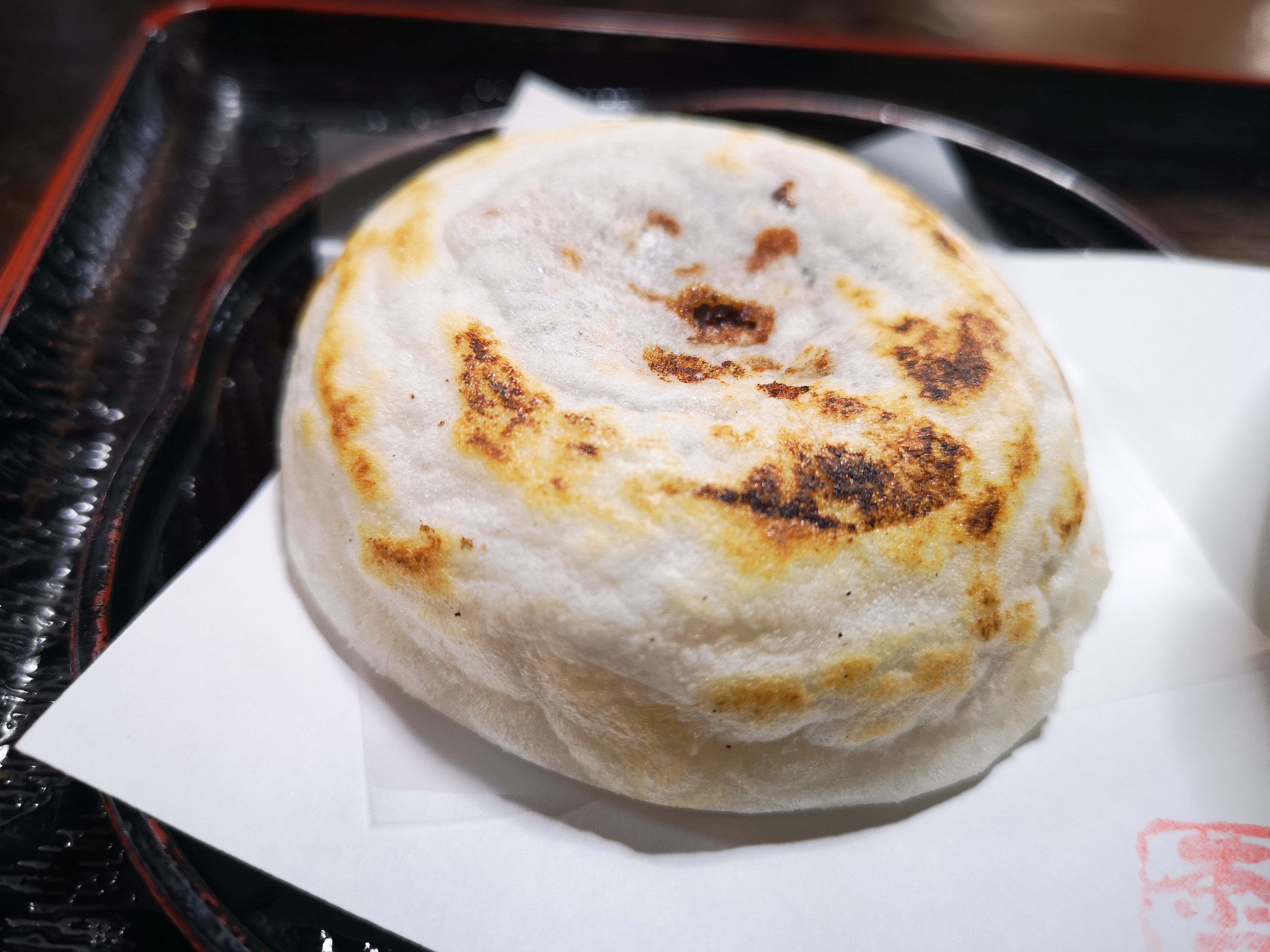
dav